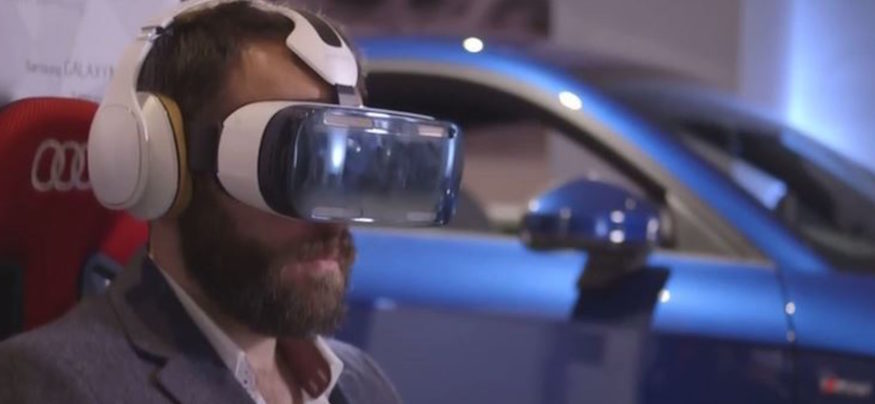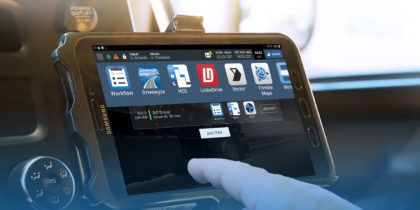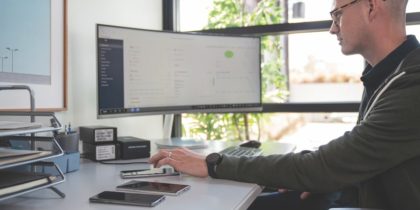If you’re a large brand, it makes sense that you’d want a flagship showroom in a densely populated area. The larger your merchandise is, of course, the more of a challenge this becomes. How much of your products are you going to be able to display in your limited area? What are your rent and facility costs going to be like for a huge space in a crowded city? This is precisely the problem that has been facing car dealerships in recent years, and virtual reality may be the solution.
Virtual showrooms may sound like fantasy, but they are on the horizon.
“By 2016, automakers are expected to open more than 100 digital showroom/lifestyle stores globally, specifically aimed at enhancing both the retail and brand experience with limited on-floor physical inventory,” according to Julia Saini, the director of growth consulting for automotive and transportation at Frost & Sullivan.
Offering a fully interactive virtual experience, these innovative showrooms use digital solutions to display different vehicle models and enable customers to navigate the shopping experience on their own terms.
The third generation of Audi’s iconic “TT” comes with a full range of features, but the automaker needed a better way to showcase the growing range of models in its lineup in London, where space is “at a premium and quite limited,” said Sara Cox, Audi’s national CRM and center marketing manager.
To solve the dilemma, Audi applied the power of technology in Audi City, the world’s first fully digital car showroom. On Samsung Galaxy Note® 4 mobile devices, customers can browse an electronic catalog, complete with details on all 14 Audi models, on which they can choose and customize their own floor model. “They can change the color, they can change the alloys, they can even hear how the cars sounds,” explained Raju Sailopal, head of sales in Audi City London. The technology allows shoppers to configure any of its 14 models to achieve one of 120 million possible configurations.
While digital showcases and personalization strategies increase customer engagement, where the rubber really meets the road, is in how a car handles. But if shoppers are walking into locations that do not contain many, if any, physical models, how can they experience the car from the inside?
To resolve this second issue and take the digital experience to the next level, Audi turned to virtual reality powered by Samsung. By integrating a Samsung Gear VR headset with the Galaxy Note® 4, Audi enables customers to have a real-life experience with the car. While wearing the sleek digital goggles, customers are immersed in a tour of the car’s features, and they can experience a virtual test drive lead by an Audi designer — all from the comfort of a chair in the virtual showroom.
Customers simply slip on the mobile headset to begin the experience. With a simple touch pad on the side of the goggles and few nods of the head, customers can make selections and navigate their 360-degree augmented reality experience of Audi’s new TT.
While Audi’s London showroom only opened its doors three years ago, it is the perfect example of where the retail industry is headed. In it’s first year, Audi saw a 60–70 percent increase in new car sales, selling on average 120 percent above MSRP due to optional accessories that customers selected, according to an article from Forbes. Taking into account how digital technology is improving the customer experience, any company can learn a lesson from Audi, as they use the virtual showroom to deliver a fully interactive experience, drive customer engagement and shape the future of car retailing.
Ready to transform your customer experience? Learn how Samsung’s enterprise solutions can help your customers see every facet of your business.







